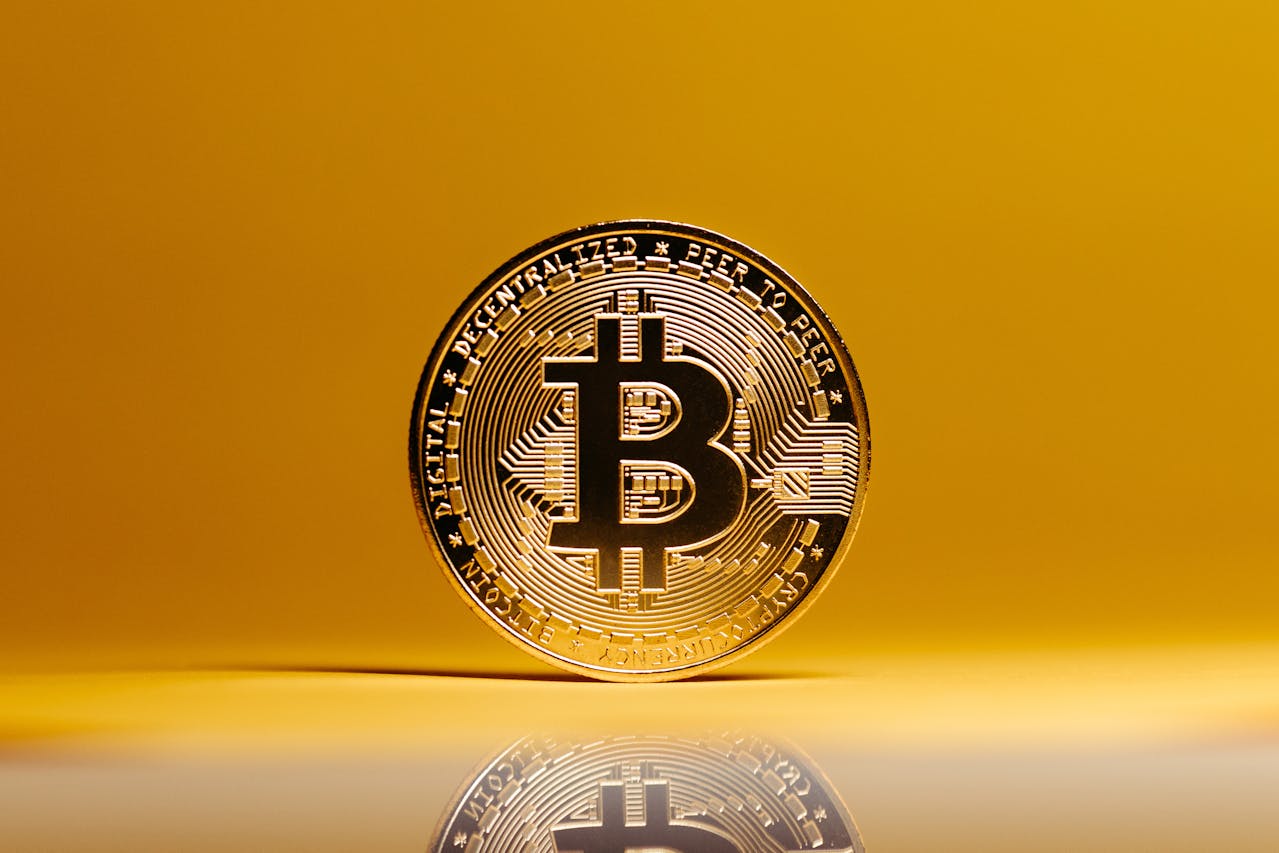The cryptocurrency market is notorious for its volatility. Bitcoin, Ethereum, and other digital assets frequently experience drastic price fluctuations. Because of this, investors seek ways to reduce risks and protect their capital. Stablecoins have emerged as an effective solution. Stablecoins are designed to maintain a stable value, usually by being pegged to a traditional asset like the US dollar or gold. This essay explores the role of stablecoins in the crypto market, their functions, benefits, challenges, and future potential.
What Are Stablecoins(S-coins)?
S-coins are digital currencies that aim to provide price stability. Unlike Bitcoin and other cryptocurrencies, which are known for their price volatility, S-coins attempt to minimize fluctuations by being pegged to a reserve asset. Typically, this asset is a fiat currency like the US dollar or a commodity such as gold. For example, Tether (USDT), one of the most popular S-coins, is typically pegged 1:1 with the US dollar.
S-coins come in three main types:
- Fiat-collateralized stablecoins: Backed by reserves of fiat currency, typically held in regulated institutions. USD Coin (USDC) and Tether (USDT) are key examples.
- Crypto-collateralized stablecoins: These are backed by other cryptocurrencies, usually in an over-collateralized manner. Dai (DAI) is one such example, where Ethereum serves as collateral.
- Algorithmic stablecoins: Unlike the previous two types, algorithmic stablecoins maintain their value through automated supply adjustments, controlled by smart contracts. Examples include Terra (LUNA) and Ampleforth (AMPL).
How S-coins Operate in the Crypto Market
S-coins play a significant role in bridging the gap between the traditional financial system and the crypto market. By maintaining a stable value, they provide an alternative for investors who want to avoid the drastic fluctuations associated with more volatile cryptocurrencies. Moreover, stablecoins are highly useful in trading and transactions.
When investors or traders need to avoid exposure to market volatility, they often convert their cryptocurrencies into S-coins. For instance, during periods of high volatility, many traders move their assets into S-coins like USDT or USDC to safeguard their investments. This way, they can maintain liquidity and stability while waiting for more favorable market conditions.
Additionally, S-coins facilitate seamless transactions across different platforms and blockchains. Since they are pegged to stable assets like fiat currencies, they can be exchanged easily between users and across various exchanges. As a result, they become a key tool for cross-border payments and remittances.
Advantages of S-coins
Stablecoins offer several compelling advantages that benefit both crypto investors and businesses. Their appeal goes beyond their ability to provide price stability.
- Price Stability: As the name implies, S-coins are designed to maintain a constant value, typically pegged to a fiat currency. This provides protection against the extreme price fluctuations seen in other cryptocurrencies. S-coins are particularly useful during periods of uncertainty, where price swings in the market are common.
- Enhanced Liquidity: Stablecoins increase liquidity in the crypto market. Investors can easily convert between volatile assets like Bitcoin and stablecoins to preserve value. This liquidity ensures traders can enter and exit positions with minimal delays and without incurring significant price slippage.
- Reduced Transaction Costs: Compared to traditional banking systems, S-coins typically offer lower transaction fees. This is particularly advantageous for businesses looking to make cross-border payments without the high fees often associated with international wire transfers.
- Decentralization: Most S-coins operate on blockchain networks, which are decentralized by nature. This decentralization provides transparency and limits reliance on traditional financial institutions. As a result, S-coins contribute to a more inclusive financial ecosystem, offering services to those without access to conventional banking.
- Smart Contract Capabilities: Many S-coins operate on blockchain networks like Ethereum, allowing them to interact with decentralized finance (DeFi) platforms. These platforms offer a variety of services, including lending, borrowing, and trading, without requiring centralized intermediaries. Stablecoins integrate seamlessly with these smart contract platforms, expanding their use cases.
Challenges of S-coins
Despite their benefits, S-coins face several challenges that could hinder their future adoption. Addressing these issues is crucial for the continued growth of the S-coins market.
- Regulatory Uncertainty: One of the major challenges S-coins face is regulatory uncertainty. Governments and financial authorities around the world are still grappling with how to regulate S-coins. Until clear regulations are established, the market may experience delays in adopting stablecoins on a larger scale.
- Centralization Concerns: While some stablecoins aim to operate in a decentralized manner, others rely on centralized institutions to hold the reserves backing the stablecoins. This has raised concerns about transparency and the security of the reserves. If these reserves are not properly managed or audited, the stablecoin’s stability could be compromised.
- Collateral Risk: Stablecoins that are backed by collateral face risks if the value of the collateral drops. If the collateral is under-collateralized or loses value significantly, it can cause the stablecoin to lose its peg, leading to potential instability. This problem is particularly relevant for fiat-collateralized stablecoins like USDT and USDC.
- Algorithmic Stablecoins’ Instability: Algorithmic stablecoins are particularly prone to issues. Since they rely on supply and demand mechanisms rather than collateral, they can face significant instability during market fluctuations. For example, the collapse of the Terra (LUNA) ecosystem in 2022 revealed the risks associated with algorithmic stablecoins.
The Future of Stablecoins
Despite the challenges, stablecoins are likely to play an increasingly important role in the future of finance. As the crypto market matures, stablecoin adoption will likely grow, particularly in decentralized finance (DeFi) applications. With more regulatory clarity, stablecoins can become an integral part of the global financial system.
Stablecoins have already gained significant traction in the DeFi space. By offering a stable medium of exchange, they provide a secure and transparent way for individuals to borrow, lend, and trade without intermediaries. As the DeFi ecosystem grows, the demand for stablecoins will likely increase.
Furthermore, central bank digital currencies (CBDCs), which are digital versions of national currencies, could complement or coexist with stablecoins. If CBDCs are implemented globally, they could help legitimize stablecoins and offer more stability to the broader cryptocurrency market.
Stablecoins also hold promise for the unbanked population. With the ability to send money across borders at lower costs, stablecoins could become a valuable tool for people in developing countries who lack access to traditional banking services.
Conclusion
Stablecoins are a critical component of the cryptocurrency ecosystem. They offer stability, liquidity, and low-cost transactions, making them highly valuable for traders, investors, and businesses alike. However, challenges such as regulatory uncertainty and concerns about collateralization must be addressed to unlock their full potential. The future of stablecoins looks bright, especially as the DeFi sector continues to grow and regulatory frameworks become clearer. As stablecoins evolve, they have the potential to play a transformative role in reshaping the global financial landscape.
Check out our Facebook or X accounts.
For more topics check here.



